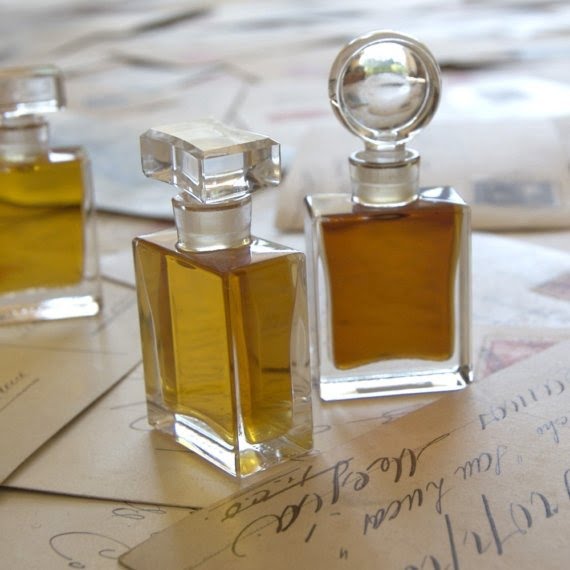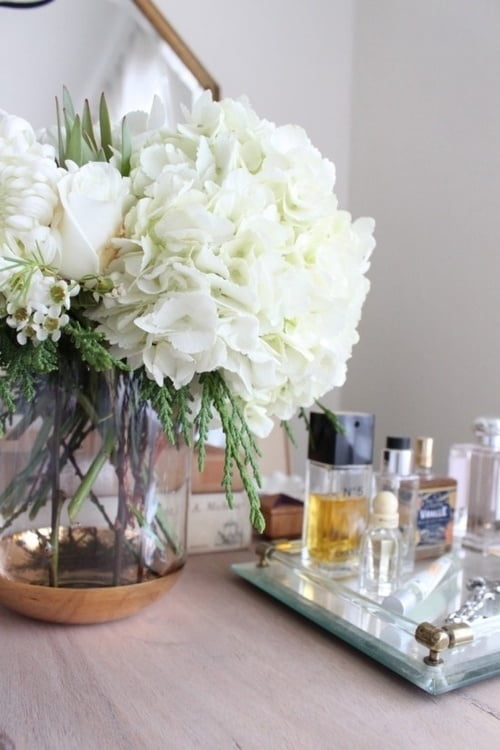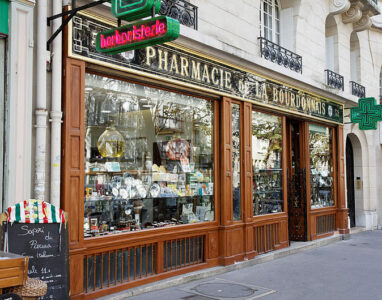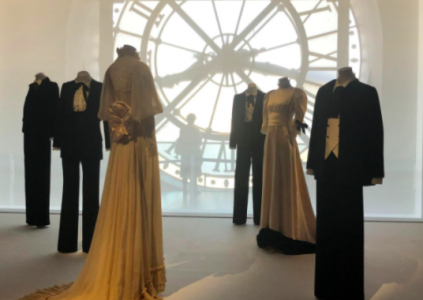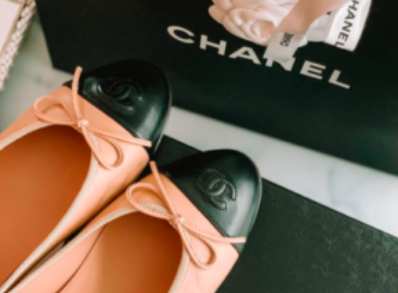Shopping for perfume – the French way
I have the fortune to find myself indulging in conversations about perfume searching quite often. My impression from these conversations is that there is quite a lot of insecurity about how to navigate between the shelves and brands in a perfume shop and that this causes a feeling of being somewhat overwhelmed and confused.
This is my third article on perfumes and offers some basic advice for the insecure ones on how to buy a new perfume.
A new perfume is an intimate acquaintance and deserves an adequate process. It takes a few hours to discover the full character of a perfume and how it blends with the person wearing it. Even if it is a perfect match, you still don’t know until after awhile.
Remember, perfumes need skin. The perfume itself is only half the story. And with a perfume built on a top note, heart note and base note as most are, it simply takes a while before you have experienced all layers.
I feel great appreciation for perfumeries that are generous about samples and understand when a customer comes the third time in a week and wants to try the same perfume again.
A sample allows you to try a perfume for a few days. Perhaps you have identified a note that you love – say vanilla or vetiver. These two come in so many different varieties and can be used in completely different ways. Discover the spectra of the note you are curious about by trying several perfumes that include it and see which one is right for you.
Perfumes are categorized into families based on notes and character. It helps to know what families you prefer and this can be done for example by researching what notes your favorite fragrances have in common.
Examples of families are floral, oriental, woody, fougère, citrus or gourmand. Try to roughly define your preferences beforehand, maybe write down a few perfumes to try. But don’t try too many in the shop. I suggest two on skin and maybe five on paper strips during one occasion.
EdP or EdT?
Perfume oil is always diluted with a solvent (ethanol or water/ethanol). The abbreviations describe the concentration of the perfume oil/aromatics. A perfume or Eau de Parfum has a higher concentration than an Eau de Toilette.
A fragrance can feel quite different depending on which one you choose so try different strengths if available.
I have found several ‘how to find your fragrance’ articles that talk about how a certain type of person or age is recommended to go for one of the fragrance groups eg. fruity – young girl, fougére – man, green – sporty, oriental – in the evening. This is not my kind of fragrance approach.
Be aware of the signals that your fragrance sends out, what it communicates about you. But find your thing. Go for what makes you feel good – and feel like you.
I hope this helps you in your perfume discoveries, and feel free to contact me if you have any questions or comments and we can exchange thoughts.
Image credits:1. Perfume gift set, via Pinterest
2. Chloé, via Pinterest
3. Rituelle, via DDG on Pinterest
4. Perfume table, via Pinterest

